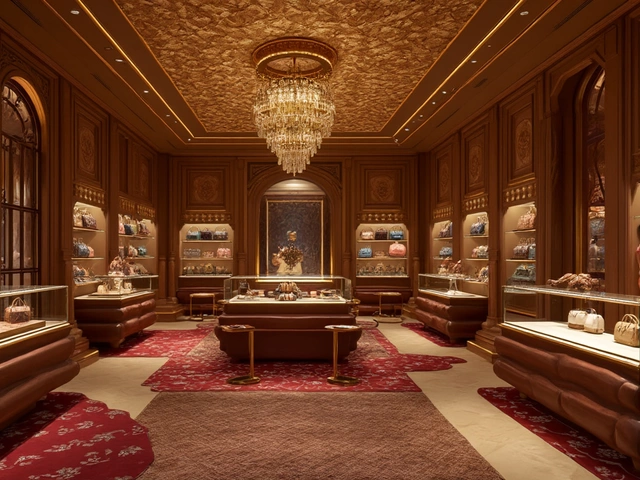Diamond Cost Comparison: What Really Affects the Price?
If you’re scrolling through endless listings, you’ve probably wondered why two diamonds that look alike can have totally different tags. The answer isn’t magic – it’s a mix of measurable factors and a bit of market play. Knowing these basics helps you spot a good deal before you click ‘Buy.’
Key Factors That Influence Diamond Prices
First up, the 4 Cs. Most people have heard of carats, cut, color, and clarity. Each one adds a layer to the price puzzle.
Carat weight is the easiest to understand – bigger stones cost more because you’re paying for more material. But a 1‑carat diamond isn’t always twice the price of a 0.5‑carat. The price jumps non‑linearly as size increases.
Cut decides how much sparkle you get. A well‑cut stone reflects light brilliantly, which can boost its value even if the other Cs are average. Look for grades like “Excellent” or “Very Good” to ensure you’re getting maximum brilliance.
Color rates how close a diamond is to being colorless. The scale runs from D (colorless) to Z (light yellow). A D‑grade stone commands a premium, while a near‑colorless G or H offers a sweet spot between beauty and price.
Clarity measures internal flaws (inclusions) and surface blemishes. Most buyers can’t see anything below 10× magnification, so a VS1 or VS2 clarity often provides a great look without the high cost of FL (flawless).
Beyond the 4 Cs, consider the origin and certification. Diamonds with a reputable lab report (GIA, IGI, etc.) are easier to compare because the grading is standardized. Some shoppers also look for conflict‑free or lab‑grown diamonds, which can be 30‑40% cheaper.
Tips to Compare and Choose the Best Deal
Start by setting a clear budget. Then, use an online calculator or spreadsheet to line up a few diamonds with similar specs. Pay attention to the price per carat – this metric smooths out size differences and shows you who’s really offering a discount.
Don’t ignore the total price versus the price per carat. A lower price per carat on a larger stone might still end up costing more than a smaller diamond with a slightly higher per‑carat rate.
Check the return policy and any warranty. A reputable seller will let you return or exchange the stone if it doesn’t meet expectations. This safety net can save you from buyer’s remorse.
Finally, trust your eyes. Even with perfect grades, a diamond must appeal to you personally. Hold it up to light, compare side‑by‑side, and see which one makes you smile. If you can’t visit a store, ask for high‑resolution videos and close‑up photos that show the sparkle and any blemishes.
By breaking down the 4 Cs, watching the price per carat, and verifying certifications, you’ll cut through the hype and land a diamond that fits both your style and your wallet. Happy hunting!
Is Diamond Cheaper in the USA or India? Complete 2025 Price Guide
Are diamonds cheaper in the USA or India? Side-by-side comparisons, unique insider tips, official stats, and 2025 diamond buying insights for travelers and shoppers.





